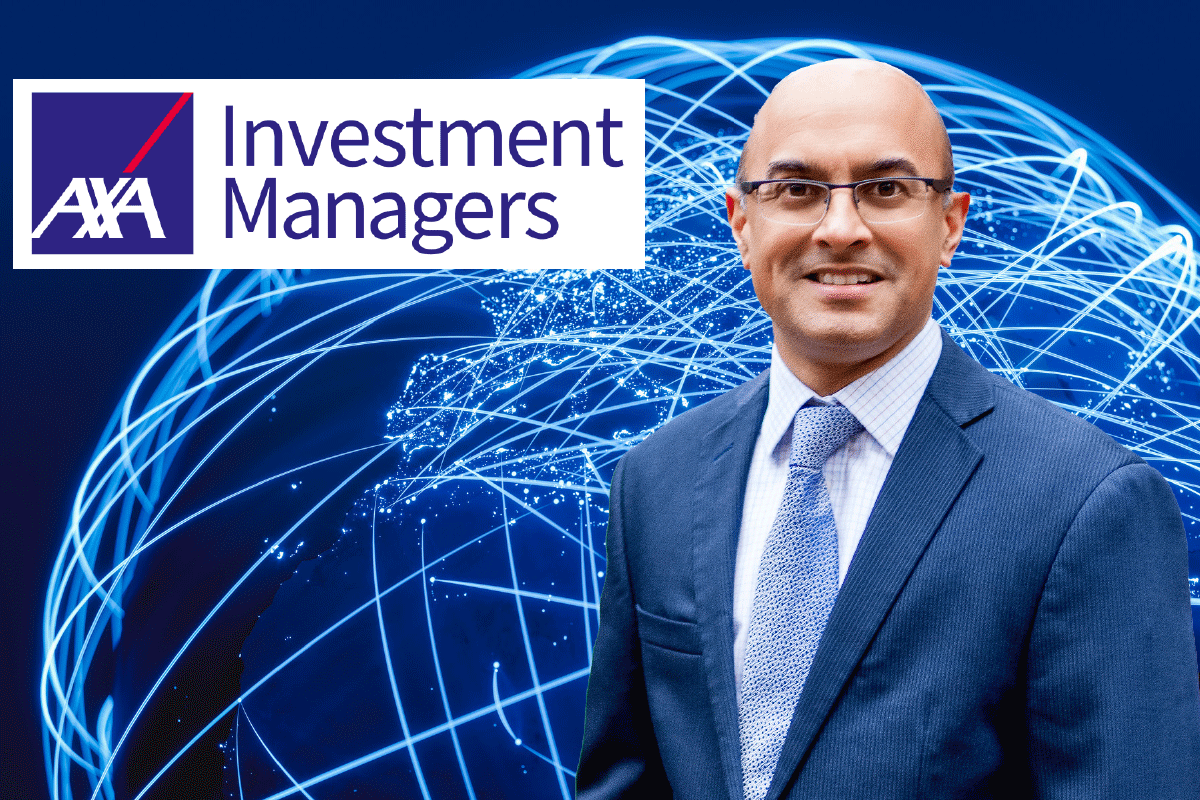Fund briefing: How to invest in new technology
Tech firms can offer lucrative returns – but be aware of the risks. Here’s how to assess your strate…
12th February 2020 16:52
by Rob Griffin from interactive investor
Tech firms can offer lucrative returns – but be aware of the risks. Here’s how to assess your strategy for investing

Innovative developments in technology are constantly changing how we live, work and communicate with one another.
They also provide potentially lucrative investment opportunities, as we’ve seen with smartphones, electric vehicles and virtual reality devices.
The lure of this sector is getting exposure to companies that can become world leaders, according to Adrian Lowcock, head of personal investing at Willis Owen.
“Technology businesses have the potential to disrupt established players,” he says. “They can also invent new industries and products that consumers didn’t realise they needed.”
The negatives include the fact that not all technological developments are profitable, while there is always the risk of overpaying for such potential.
“It’s not always technology companies that generate the profit,” adds Lowcock. “It can be those that use the technology best that are profitable, such as online retailers.”
Of course, this sector hasn’t always been kind to investors. Those with long memories will remember the dot.com boom and bust of 20 years ago.
While today’s technology firms are more established, successful and profitable than their predecessors, they still face plenty of challenges.
“It requires constant, intensive research to stay at the top of their game because once the advantage is lost it can take a long time to get back,” adds Lowcock.
Catching the right stock early can make a fortune, points out Justin Modray, founder of Candid Financial Advice. However, you also need to be aware of the risks.
“It is easy to lose your shirt when investing in start-ups, and even mature tech companies can struggle to keep pace with changing markets and high growth expectations,” he says.
He advises potential investors to understand what they’re buying and ensure they are comfortable with the likely worst-case scenarios.
“Many tech companies tend to be overseas, so you’ll need to also factor in currency risk,” he adds.
Of course, predicting future winners and losers is incredibly difficult.
In fact, this presents enough of a challenge for fund managers, let alone hobby investors.
It’s a point acknowledged by Emma Wall, head of investment analysis at Hargreaves Lansdown.
“For every runaway success, such as Amazon and Apple, there is a trail of failed start-ups,” she says. “Technology investing is best undertaken by those with high-risk appetites.”
The risks associated with stock picking in this field make it advisable to leave such decisions to the professionals. This means buying a fund rather than individual stocks.
Wall highlights Polar Capital as an expert in this field, with specialist technology portfolios. However, she adds a caveat for those wanting such exposure.
Patrick Connolly, a chartered financial planner at Chase de Vere, also points out that many investors will already have exposure to technology through existing global and US equity fund holdings.
“Those investing in technology funds, therefore, risk duplicating exposure to certain stocks and increasing their reliance on a smaller number of companies in their portfolio,” he warns.
To illustrate, he points out that information technology makes up 21% of the S&P 500 index, while communications, including the likes of Facebook, accounts for 10%.
“Those investing in the US stock market will already be invested heavily in technology,” he adds.
This is a bigger risk when you consider that many technology companies have already performed very well, and their shares are looking expensive.
“They will need to continue to grow to justify these valuations,” he says. “If they fall short, or market sentiment turns against them, then they could fall significantly in value.”
Connolly also stresses the need to consider the pace of technological change. “Market leaders have dominant positions today but there is no guarantee that they will be the success stories of tomorrow,” he says.
How much you should invest in technology all depends on what exposure you have in existing funds, according to Modray.
“Low-to-medium risk investors should have sufficient exposure via mainstream funds,” he says. “High-risk investors might consider specialist tech funds for around 5% to 10% of their portfolio.”
He also highlights the L&G Global Technology Index Trust, which aims to provide growth by tracking the performance of the FTSE World Technology Price Index.
“It’s a low-cost, well diversified fund that has performed well within the IA Technology and Telecoms sector,” he says.
However, as with most index trackers, there is a larger company bias. “It’s worth checking that you don’t already have exposure to them in other funds you already hold,” he adds.
AXA Framlington Global Technology

The aim of this fund, which was launched 20 years ago, is to provide long-term capital growth by investing in technology companies from around the world.
The portfolio’s 10 largest holdings, which make up almost 40% of assets, include household names such as Facebook, Amazon, Visa and Apple.
Its manager, Jeremy Gleeson, recently purchased shares in Ciena, the maker of optical networking equipment used in telecommunications and data centres.
“We also invested in Cirrus Logic, a semiconductor company focused on audio chips, such as those used in smartphones,” he said, in his latest fund fact sheet.
Conversely, the holding in Cypress Semiconductor, which is currently in the process of being purchased by the German semiconductor company Infineon, was sold.
“We also sold our holdings in Alliance Data Systems, Arista Networks and Blackberry,” he wrote.
Software companies currently account for the largest sector allocation of 28.21%, followed by semiconductors and semiconductor equipment, with 20.95%.
As far as country exposure is concerned, North America accounts for the lion’s share of 84.45%, which is understandable given how many tech firms hail from the US.
Patrick Connolly, a chartered financial planner at Chase de Vere, suggests that the fund could be worth considering by those who want specific technology exposure.
“AXA Framlington Global Technology has a good pedigree, with an experienced manager in Jeremy Gleeson, who has been running the fund for more than a decade,” he says.
Is exposure to technology funds right for me?
Consider investing if…
• You want exposure to technology companies
• You believe technology is going through an exciting development period
• You are willing to have at least some of your money in higher risk areas
AXA Framlington Global Tech Fund
Value of £100 invested in the fund over five years
Year | 2014 | 2015 | 2016 | 2017 | 2018 |
Fund movement in year (%) | 21.58 | 13.17 | 28.5 | 29.83 | 7.04 |
Value of £100* | 121.58 | 137.59 | 176.8 | 229.54 | 245.71 |
* The £100 was invested on 01/01/14. Source: Moneywise.co.uk
Manager | Jeremy Gleeson |
Launch date | 15 April 1999 |
Fund size | £716.1 million |
Minimum initial investment | £1,000 |
Minimum additional investment | £100 |
Initial charge/Ongoing charges | 0%/1.57% |
Performance fee | 0% |
Annual management charge | 1.5% |
Contact details for retail investors | 03457 775511 |
This article was originally published in our sister magazine Moneywise, which ceased publication in August 2020.
These articles are provided for information purposes only. Occasionally, an opinion about whether to buy or sell a specific investment may be provided by third parties. The content is not intended to be a personal recommendation to buy or sell any financial instrument or product, or to adopt any investment strategy as it is not provided based on an assessment of your investing knowledge and experience, your financial situation or your investment objectives. The value of your investments, and the income derived from them, may go down as well as up. You may not get back all the money that you invest. The investments referred to in this article may not be suitable for all investors, and if in doubt, an investor should seek advice from a qualified investment adviser.
Full performance can be found on the company or index summary page on the interactive investor website. Simply click on the company's or index name highlighted in the article.